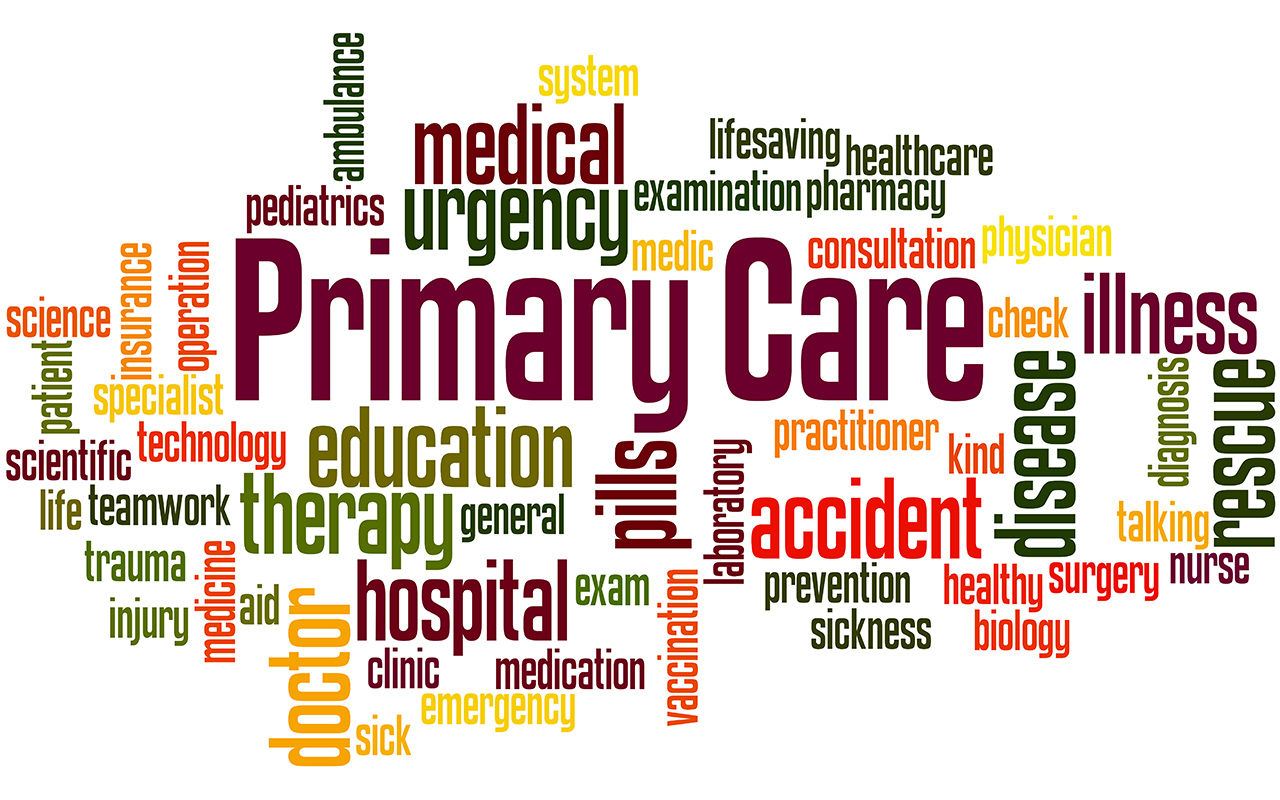PREVENTABLE hospitalisations in some remote areas are up to 16 times higher than in some urban areas, according to research highlighting inequitable access to primary care across Australia.
Writing in the MJA, Dr Gemma Ma and Professor Jeanette Ward called for this gap in the “potentially preventable hospitalisation” (PPH) rate to be addressed in the 10-year Primary Health Plan, which is currently under development.
“At the very least, substantial new funding for local rejuvenation of primary health care in all SA3s [Statistical Areas Level 3] in the worst decile should be prioritised,” they wrote. “If not, we fail Australians living in these locations yet again.”
The authors mapped the rate of PPHs according to 331 SA3s, which had populations ranging from 30 000 to 130 000 people and were often aligned with local government areas.
PPHs were defined as hospitalisations from one of 22 diagnoses that were potentially preventable through effective community-based primary health care.
They found that the 10 areas with the worst age-standardised PPH rates were more than double the national median of 2742 per 100 000 population.
“Indeed, the highest PPH rate (22 661 per 100 000 population in Barkly, Northern Territory) is more than 16 times the lowest (1662 per 100 000 population in Stonnington East, Victoria),” the authors wrote.
Professor Dimity Pond, Professor of General Practice at the University of Newcastle, said it was well understood that people in rural and remote Australia suffered from a lack of access to primary care.
“That is access in all its forms,” Professor Pond told InSight+. “It’s not just that people have to travel a long way to get to a GP, it’s also that there aren’t enough GPs, so the GP may have a large patient load. It may be that the people themselves have poor health literacy and don’t realise they need to see the GP.”
Professor Pond said that for Indigenous populations, there may also be issues with the cultural competence of primary care services in those areas.
Also, Professor Pond noted, not all areas found to have high PPH rates in the study were in rural and regional Australia, and this probably reflected social disadvantage.
“The current model of health provision, with poorly funded general practices being spread fairly thinly, just isn’t working,” Professor Pond said. “We are doing a whole lot better than many other countries – so I have to take my hat off to the federal government for that – but we could still be doing better.”
Associate Professor Jo-Anne Manski-Nankervis, Associate Professor General Practice at the University of Melbourne, noted that age-standardisation was useful in comparing PPH rates across different populations, but it didn’t tell the whole story.
“Age-standardisation … doesn’t help us to understand other factors that might be contributing to the rates; for instance, if First Nations people have increased rates of PPH relative to other groups. This would be particularly interesting to explore given that the highest PPH rate is in Barkly in central NT, which although has a relatively small population, has a high proportion of First Nations people.”
Associate Professor Manski-Nankervis said there were stark differences in the populations of Barkly, in the remote NT, and Stonnington East, in metropolitan Melbourne. She said the size of the gap in PPH was not surprising given that these areas were at different ends of the spectrum of relative socio-economic disadvantage.
Associate Professor Manski-Nankervis said providing access to primary care to facilitate prevention and to optimise care for people with chronic disease was important.
“However, there are broader areas in relation to public health that are also likely to be important to address the gap that is being demonstrated in this study,” she said. “These include immunisation, optimising health literacy, community engagement to develop interventions that fulfil the identified needs of the community, reducing rates of smoking and alcohol, optimising diet and exercise, education and employment opportunities.”
The MJA authors noted marked variation in the equities shown across different jurisdictions. They wrote that median PPH rates fell in the eighth decile in Queensland, and in the tenth decile the NT.
Professor Pond said it was “essential” that the development of the 10-year Primary Health Care Plan dealt with issues of equitable access to primary care.
“We need a higher level plan which addresses those issues, in particular in the current climate where general practice has been progressively less well resourced over the last 10 years,” she said, adding that the underfunding of general practice has been uncovered by the COVID-19 pandemic. “Under COVID-19, we have had to bulk bill many of our telehealth consultations, and we can’t make a living that way.”
Professor Pond added that it was not only general practice that required additional funding.
“It’s not just the GP, you need the whole nursing and allied health support for that GP and to work with the traditional owners and Aboriginal Health Workers,” she said. “That’s expensive, but we are a rich country and we should be treating our Indigenous and rural communities according to best practice.”
Professor Pond said greater investment was also needed in general practice research and in supporting GPs to take a more systematic approach to the provision of care.
“If we are going to improve the rate of preventable hospitalisation, we need to be able to examine the data in our practice, work out strategies for addressing the weakness at a practice level and start addressing them,” Professor Pond said.
“We have so much potential in primary care, for improving health in this country, but the chronic underfunding saps our capacity to do that.”

 more_vert
more_vert